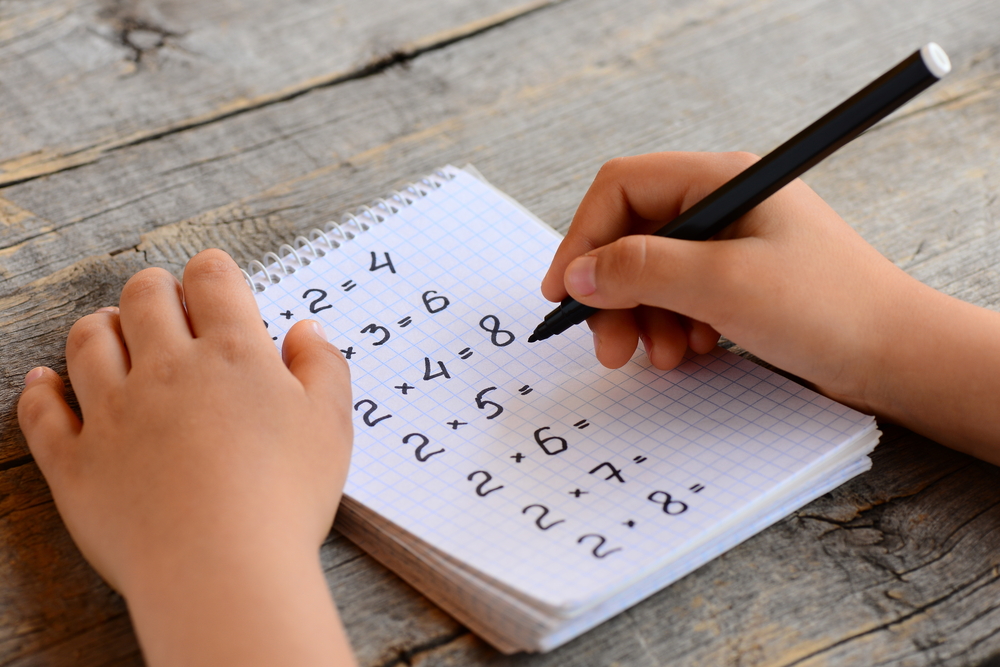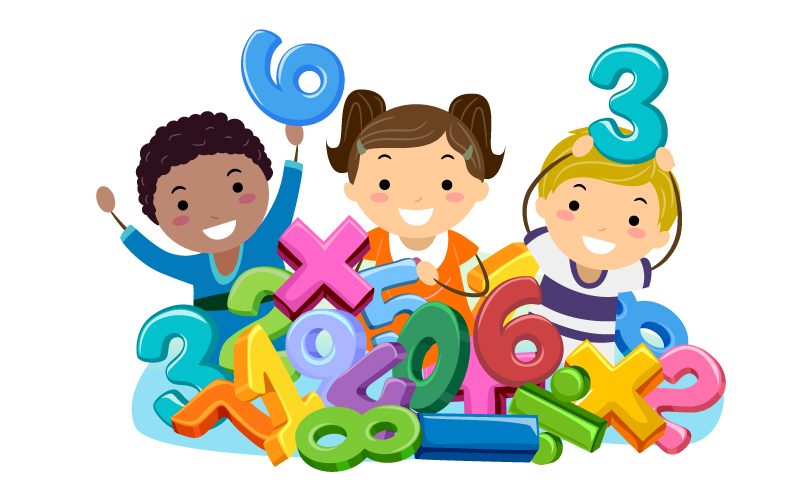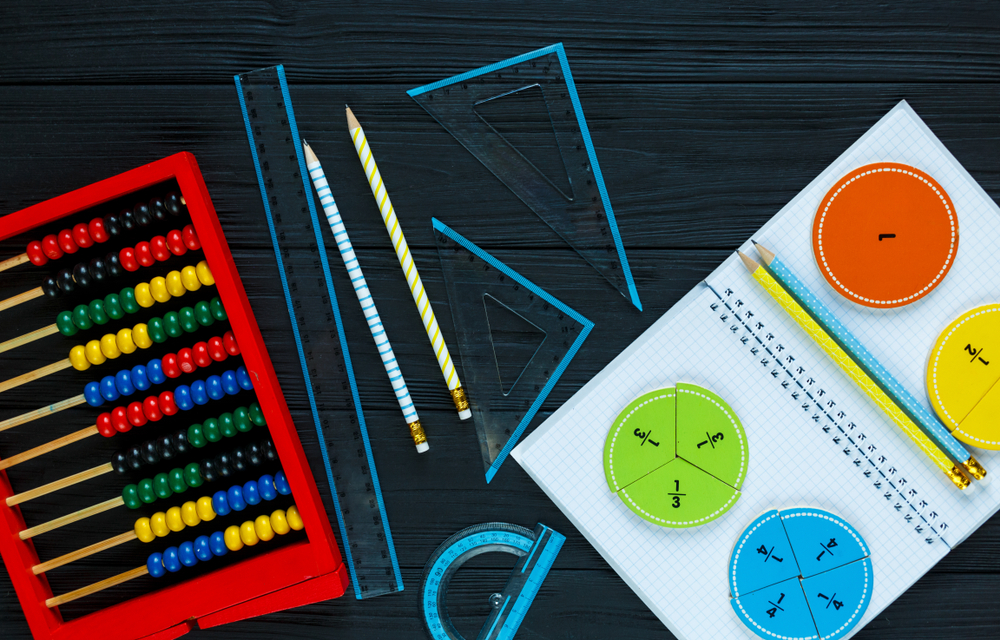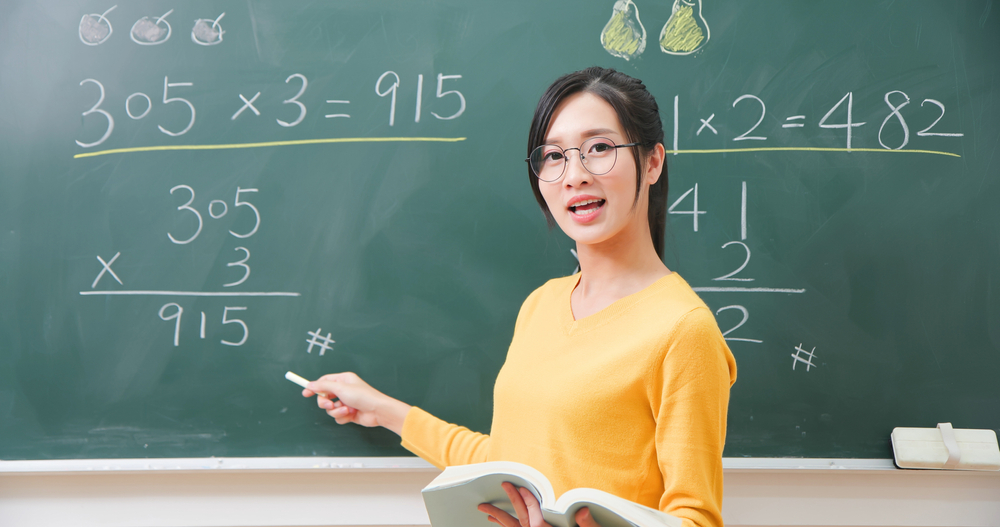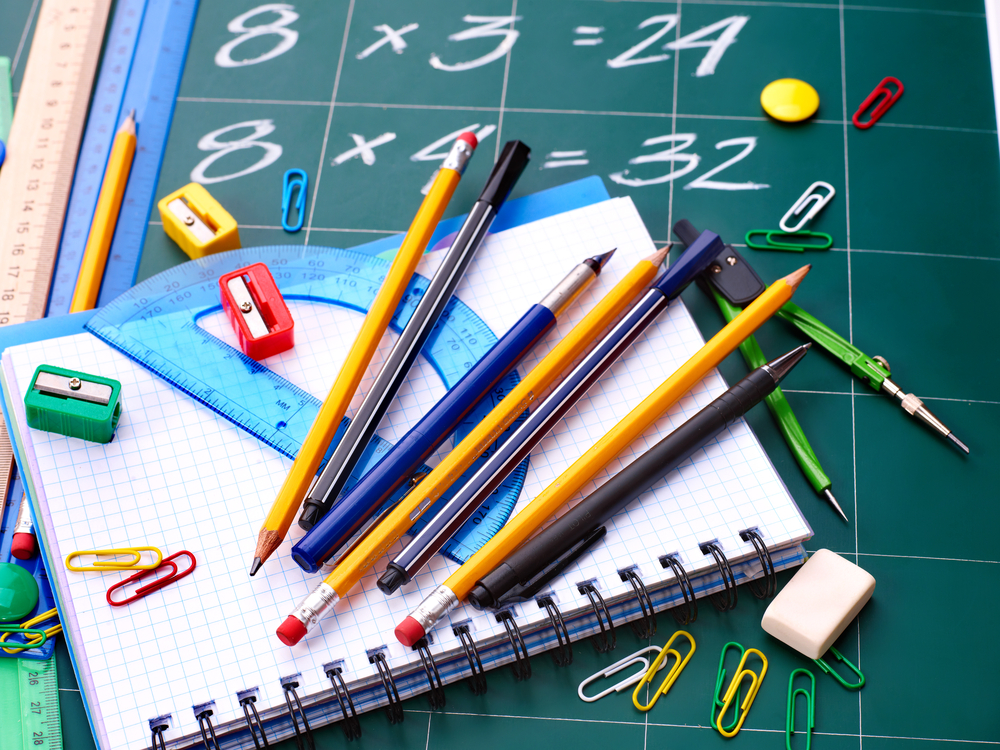Normal Arrays Worksheets for Ages 4-8
11 filtered results
-
From - To
Discover an engaging collection of Normal Arrays Worksheets designed specifically for children ages 4-8. These interactive sheets introduce young learners to the concept of arrays, which is fundamental for understanding multiplication and division. Each worksheet offers a variety of exercises that blend fun with education, helping kids recognize patterns, build counting skills, and strengthen their mathematical foundation. Ideal for home or classroom use, our worksheets promote hands-on learning and critical thinking, ensuring your child remains both entertained and academically stimulated. Boost your child's math skills and confidence with Kids Academy's thoughtfully crafted resources.
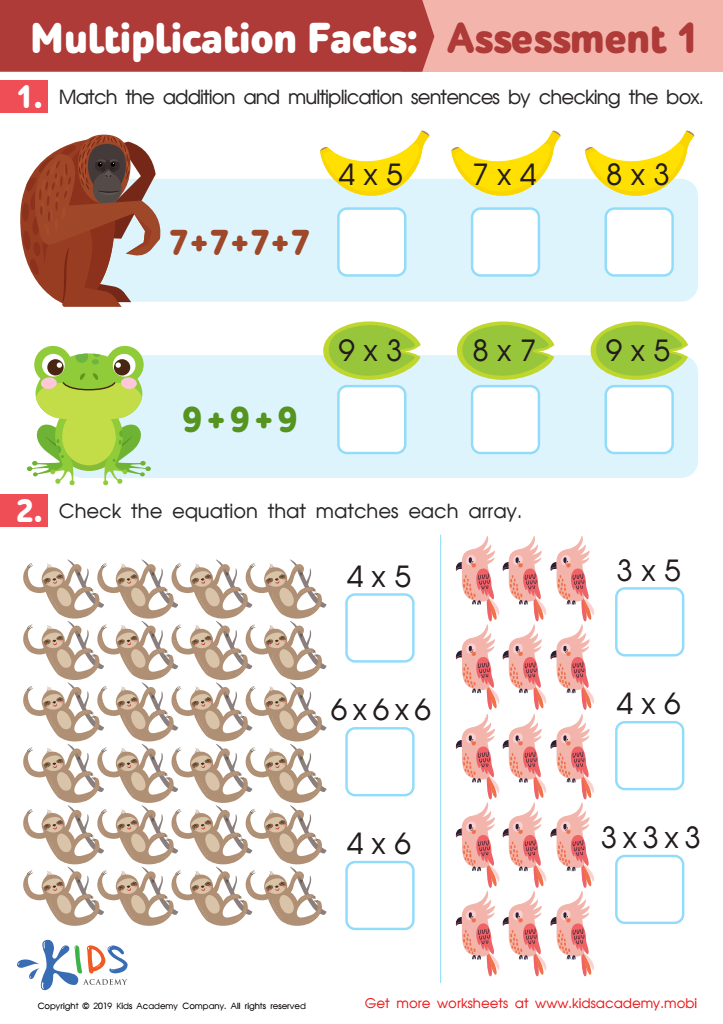

Multiplication Facts: Assessment 1 Worksheet
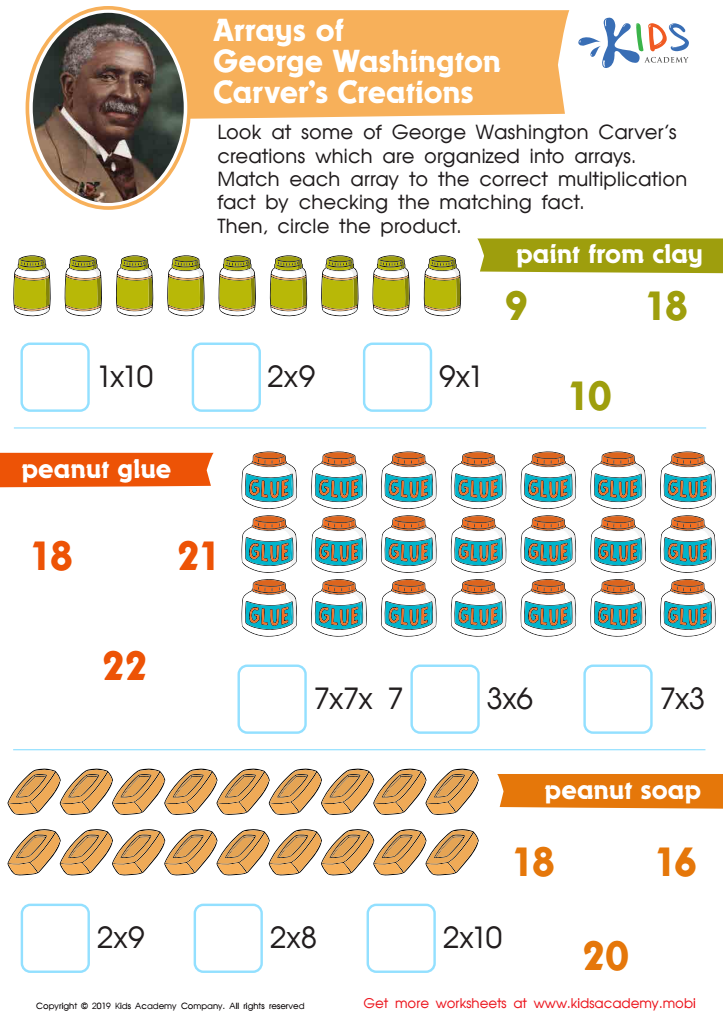

Arrays of George Washington Carver’s Creations Worksheet
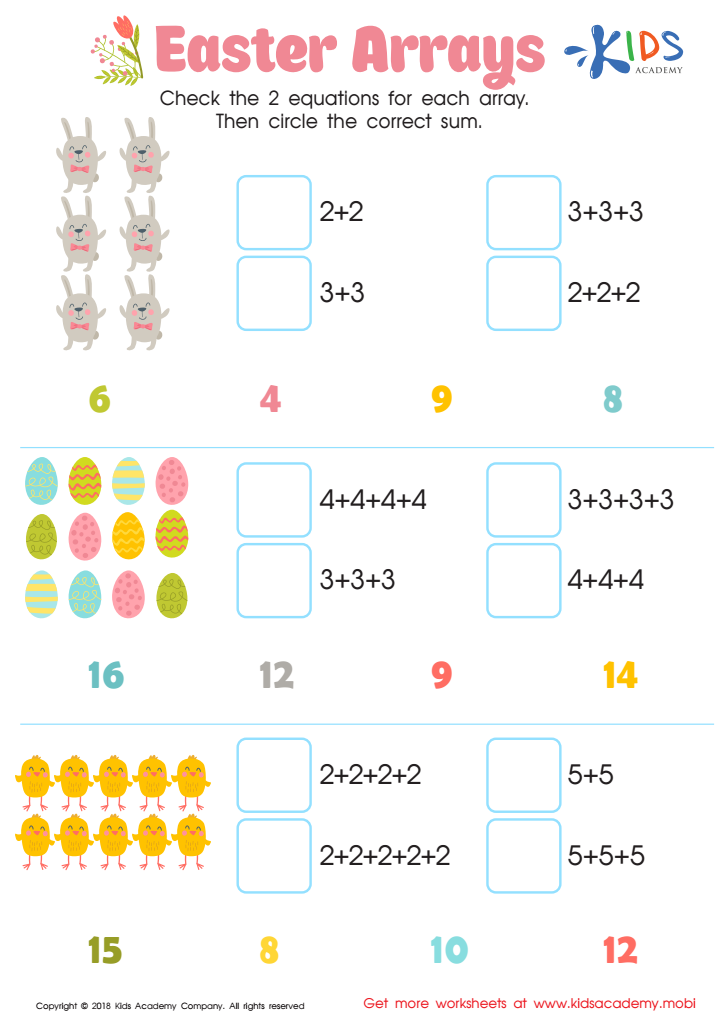

Easter Arrays Worksheet
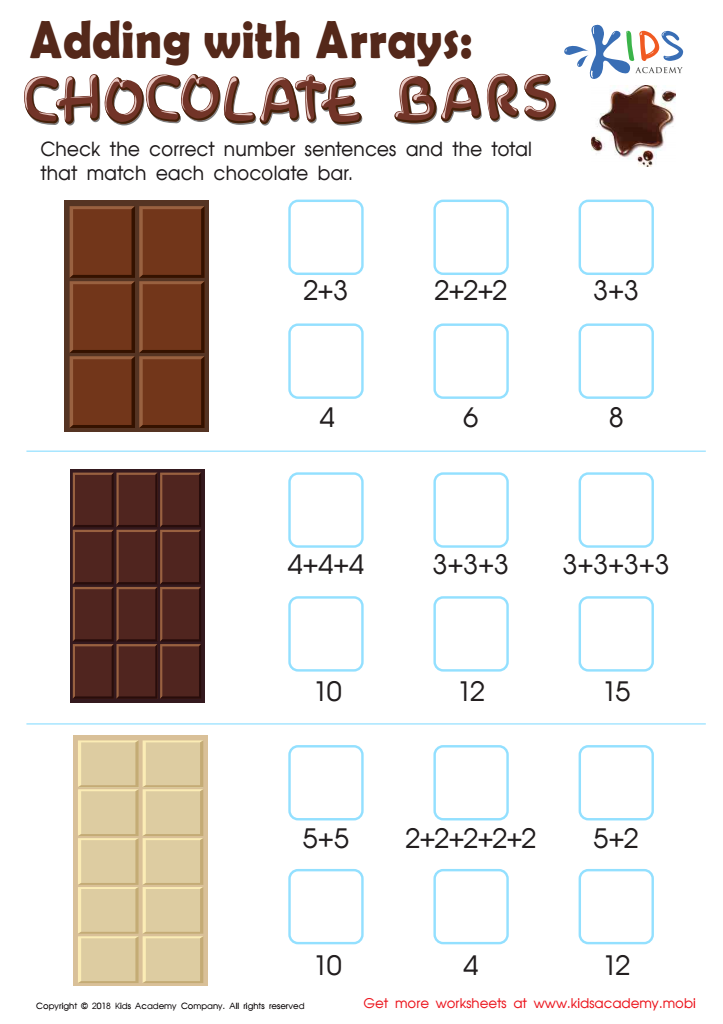

Adding with Arrays: Chocolate Bars Worksheet
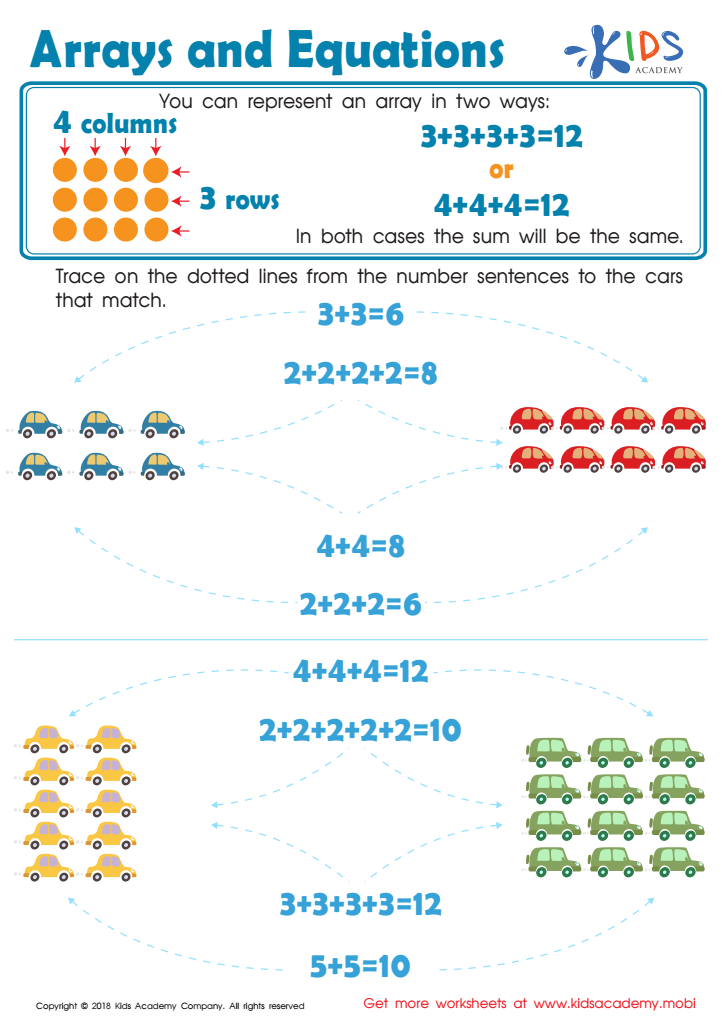

Arrays and Equations Worksheet
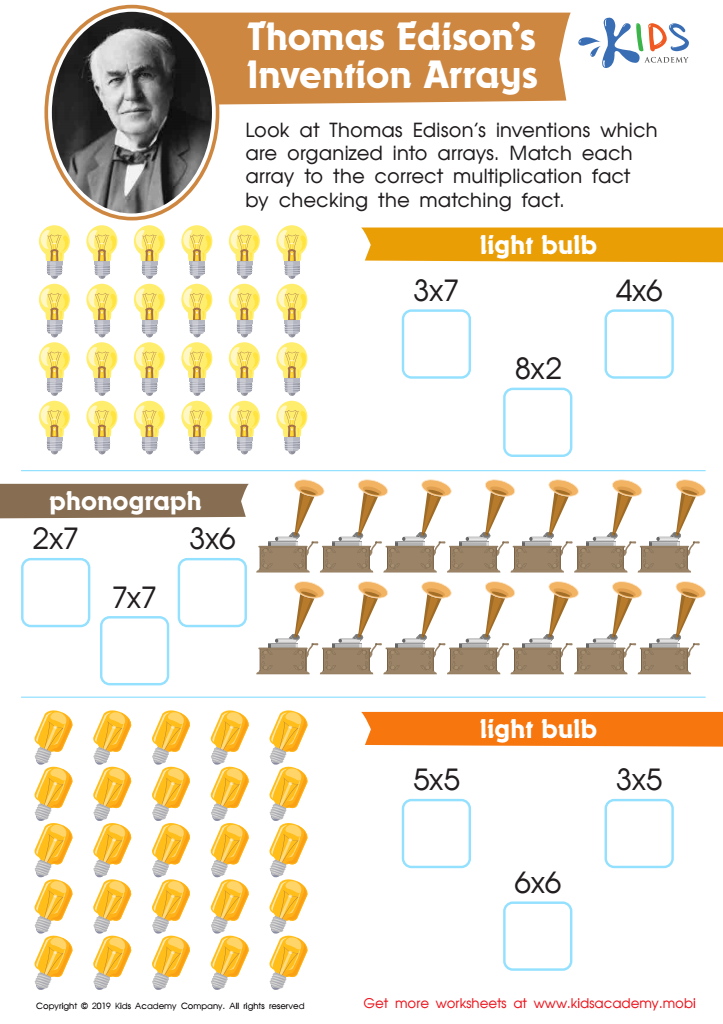

Thomas Edison’s Invention Arrays Worksheet
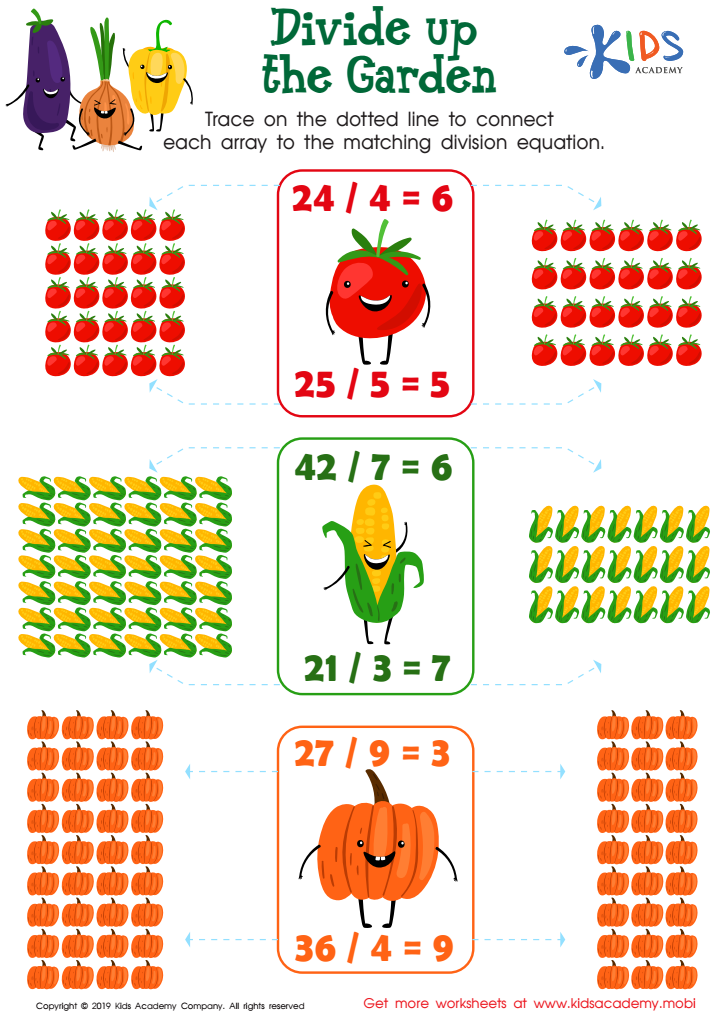

Divide up the Garden Worksheet
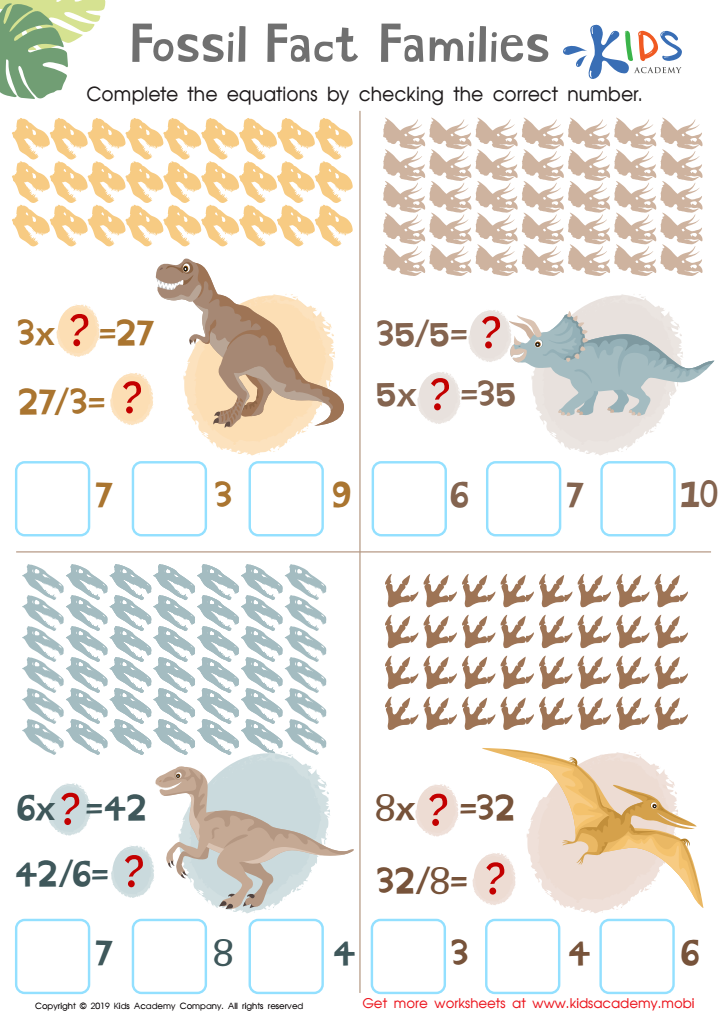

Fossil Fact Families Worksheet
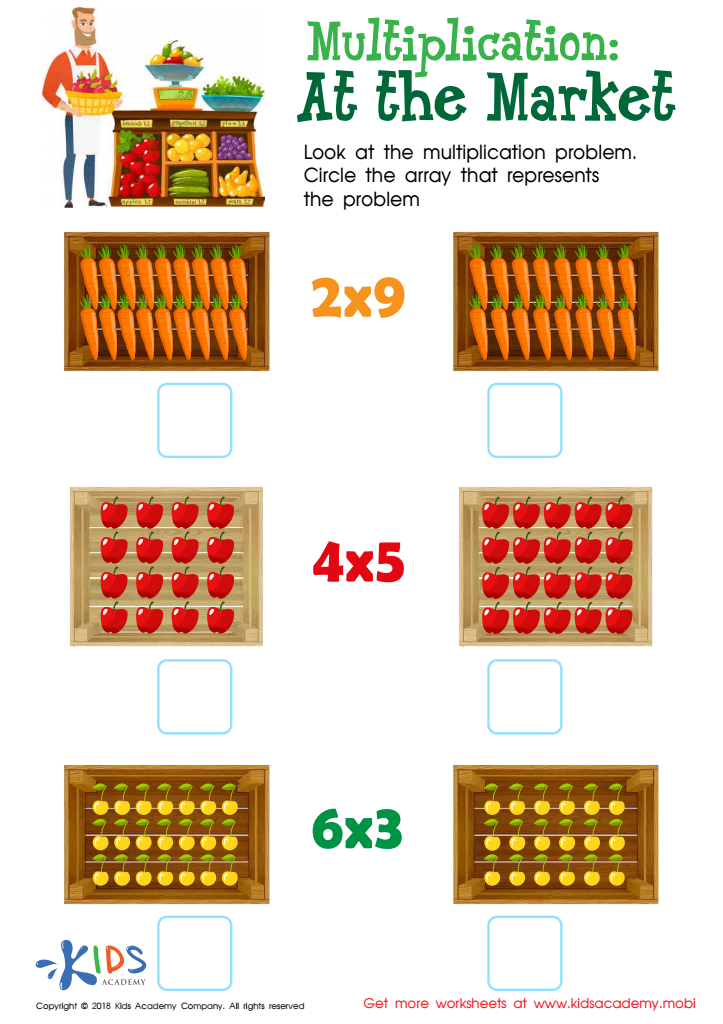

At the Market Worksheet
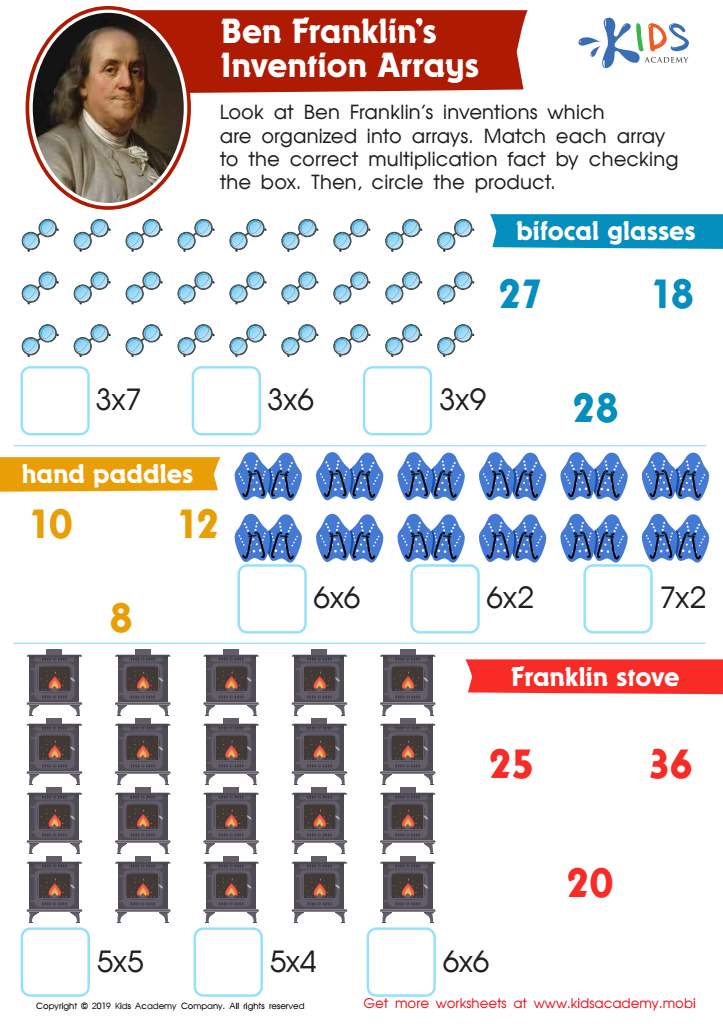

Ben Franklin’s Invention Arrays Worksheet


Multiplication and Division Fact Families Assessment 1 Worksheet
Normal arrays, commonly referred to as arrays in early childhood mathematics education, are an essential foundational concept that parents and teachers should care about for children ages 4-8. Arrays are visual representations of objects arranged in rows and columns, and they play a pivotal role in helping young learners develop a variety of mathematical skills crucial for their future academic success.
Firstly, arrays introduce children to the concept of multiplication and division in a visual and tangible way. By organizing objects into rows and columns, children begin to grasp the idea of grouping and repeated addition, which are the building blocks for understanding multiplication. Additionally, this representation aids in recognizing patterns and relationships between numbers, which enhances number sense and logical thinking.
Secondly, working with arrays supports the development of spatial awareness and geometric understanding. Children learn to identify rows and columns, understand positioning, and recognize symmetrical arrangements, all of which contribute to their overall spatial reasoning capabilities.
Moreover, arrays make abstract mathematical concepts more concrete. For a young learner, seeing and manipulating objects arranged in arrays can bridge the gap between concrete and abstract thinking, making it easier for them to grasp more complex mathematical ideas in later years.
In conclusion, normal arrays are a valuable tool in early mathematics education that help children develop crucial math skills, spatial awareness, and a deeper understanding of numbers and geometry. Parents and teachers support a strong mathematical foundation by incorporating arrays into learning activities for young children.

 Assign to the classroom
Assign to the classroom
